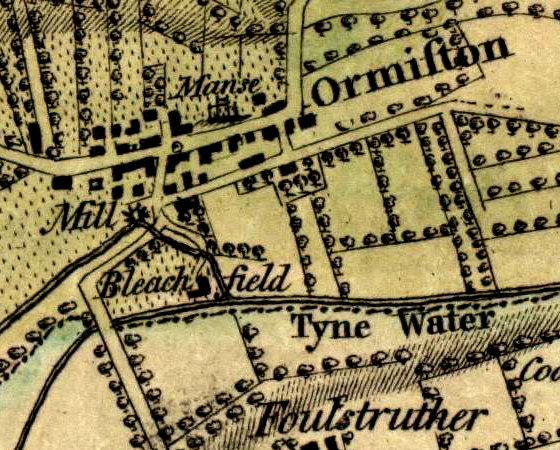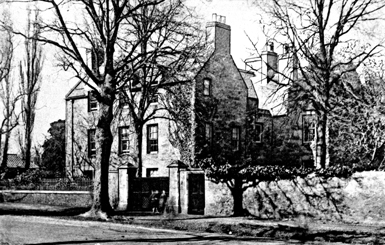| |
The word Ormiston is derived from a half mythical Saxon settler
called Orm. The family Orme having possession of the land during
the twelve and thirteenth centuries, hence the name of Ormiston.
Ormiston or Ormistoun as it was formerly called is not an uncommon
surname. The latter part of the name formally spelled "toun,"
is likely to descend from its Scottish meaning as farmstead or farm and
outbuildings, rather than the meaning town. Ormiston itself stands on the
north bank of the River Tyne, at an elevation of about 276 ft. consisting
chiefly of a broad open straight Main Street with a row of double story
houses along each side.
The road now snakes through the village and crosses two bridges, one over
the now obsolete railway route and the other narrow bridge is located
over the river. Located south of Tranent. Scotland's first planned
village, Ormiston, was built in 1735 on the model of an English village by
one of the initiators of the Agricultural Revolution, John Cockburn of
Ormiston (1685-1758). Using strict guidelines for its appearance he put
housing for artisans and cottage industries (spinning and weaving) around
the original mill hamlet. When he did not achieve the expected return on
his investment he sold it to the Earl of Hopetoun in 1747. The linen trade
became a failure and by 1811 the distillery shut down. A brewery and one
of Scotland's first bleachfields for linen processing were also built here
as well. Ormiston later became a coal mining village.
|
|





